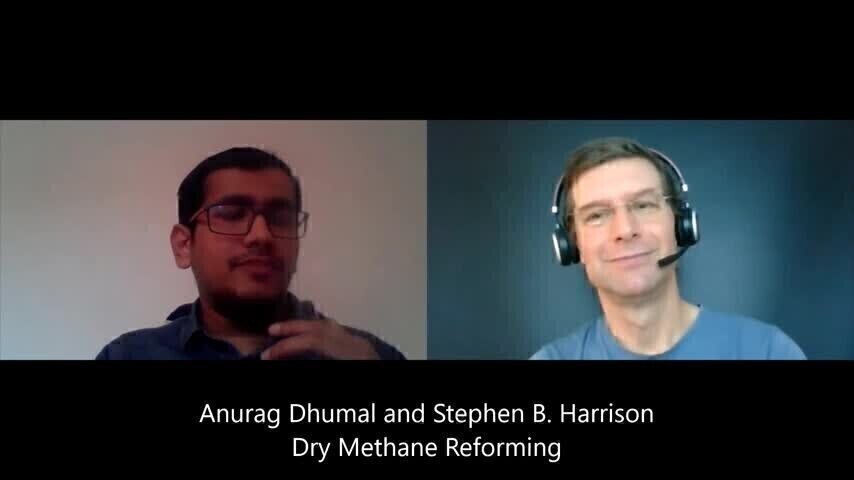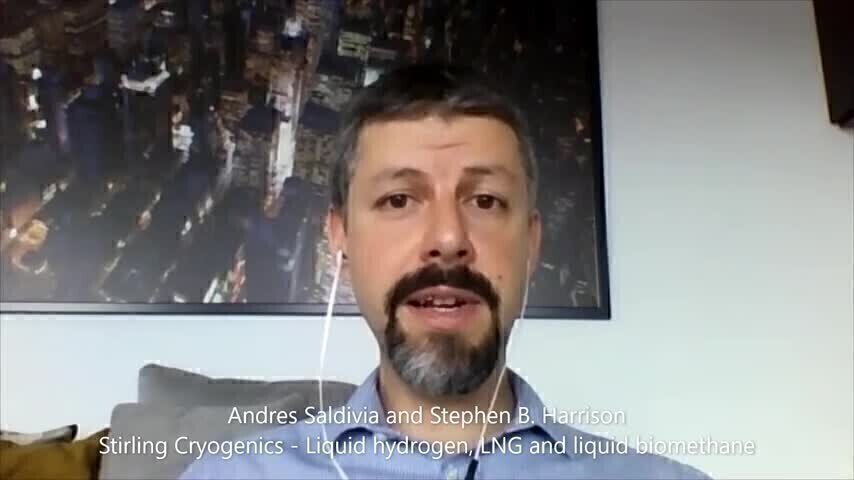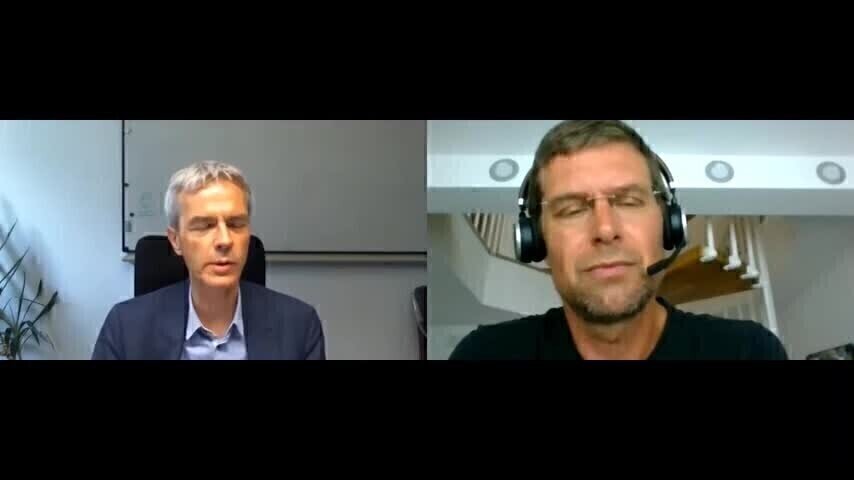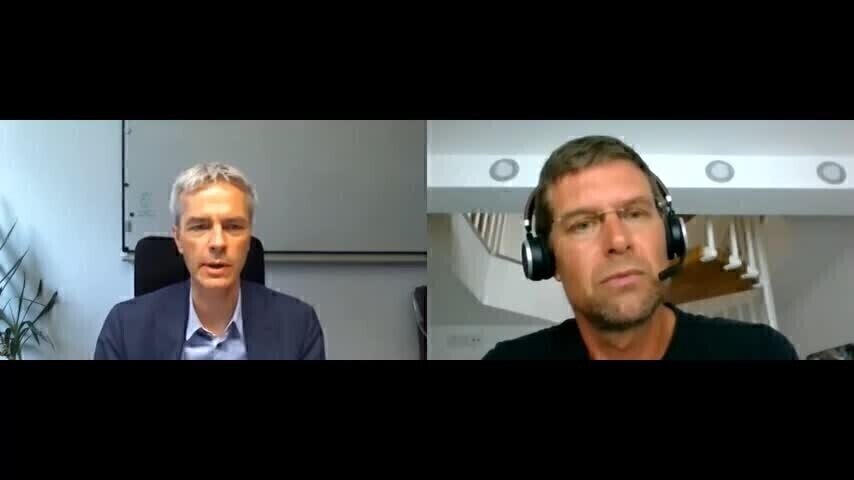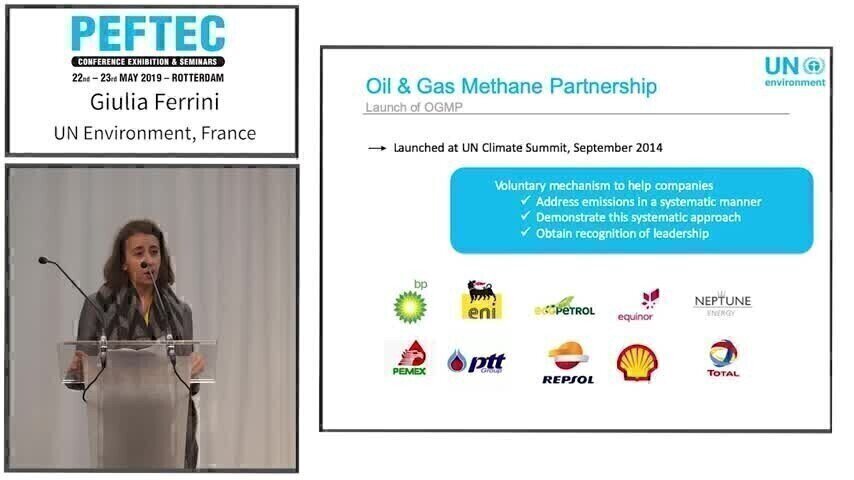E-Learning
Videos
Past Events
ASTM D7900: Boiling Point Distribution from C1 to C100 Boiling Point Distribution of Crude Oil with Speciation of Biomarkers to Phytane, on One Gas Chromatograph (GC) The accuracy of the boiling point distribution by method ASTM D7169 is compromised by solvent interference/quenching in the C4 to C8 boiling point range. The new “merge” method, ASTM D7900, does a good job of providing enhanced accuracy to the boiling point distribution; however, D7900 requires two analyses on two g...
Measurement of bulk composition of hydrocarbon groups and individual compounds in automotive spark-ignition fuels is important for quality control as well as ensuring compliance with various governmental regulations. As such, multiple ASTM methods exist for measuring various aspects of automotive fuel samples. Most of the methods are limited in scope to a subset of hydrocarbon groups or specific compounds of interest, meaning that multiple methods are required for typical production control...
The petroleum and petrochemical industry is highly regulated and the vast majority on analysis is carried out using industry standard methods such as those published by ASTM, DIN or the Energy Institute. These methods are also used to check for product quality excursions when field issues are encountered but in many cases more sophisticated techniques are required. This presentation will describe approaches to problem solving field issues using flexible hyphenated chromatographic and mass spe...
Analytical Techniques, Methods & Laboratory Sustainability in Petroleum and Petrochemical Laboratories The demands on the analyst from the petrochemical industry continue to focus on the quest for detailed characterisation of feedstocks, intermediates and final products across the value chain in order to reduce costs and maximise productivity and ultimately profitability. In recent years there a has been a number of developments in mass spectrometry and separation science instrumentation a...
Solving Problems with Hyphenation The petroleum and petrochemical industry is highly regulated and the vast majority on analysis is carried out using industry standard methods such as those published by ASTM, DIN or the Energy Institute. These methods are also used to check for product quality excursions when field issues are encountered but in many cases more sophisticated techniques are required. This presentation will describe approaches to problem solving field issues using flexible hy...
Chemical fingerprinting of crude oils: Gaining an extra dimension from GCxGC -TOF MS The enhanced separation offered by comprehensive two-dimensional gas chromatography with time-of-flight mass spectrometry (GCxGC-TOF MS) has made the technique a popular choice for petrochemical analyses. Intelligent GC Solutions based on Capillary Flow Technology The complexity of petrochemical fractions have challenged analytical scientists to this present day. In hydrocarbon processing, dedicated...
A novel fast response, low level gas analyzer system for detection of of SO2 and CO2, based on combined NDIR- and NDUV-technology Fast response gas detection is required for particular applications in the field of elemental analyzer (Sulfur and Carbon). In this application solid samples (e.g. steel, ores, finished metals and other inorganic materials) where typically combust by means of a RF-furnace. During the combustion the gas concentration (SO2 and CO2) is measured in the exhaust with...
Water use and Trends in Emissions to Water from the EU Refining Sector - Mike Spence Europe's environment is probably better today than at any time since 1900, thanks to the enhanced environmental control measures taken by industry, both voluntarily and in response to the legislation developed in the EU. This is substantiated by the European Environment Agency in their 2015 report on the state of the European Environment, which states that, 'Looking back on the last 40 years, implementatio...
The petrochemical industry in Europe : industrial emissions and the BREF process - Prof Philip de Smedt The petrochemical industry in Europe directly employs more than 300.000 people in Europe. Indirectly it generates three or four times dis number of jobs in user industries across Europe and petrochemical producer contribute 155 billion € to the overall European GDP. The development of standard methods for the measurement of fugitive emissions in the petrochemical industry.- Mr Rod...
New Environmental Guidelines for Facilities Storing Bulk Quantities of Petroleum, Petroleum Products and Other Fuels - Ms Katy Baker The need for good environmental performance has always been a requirement within the oil industry. Moreover, actions to minimise the release of hydrocarbons to the environment can also lead to improvements in safety performance, healthier working conditions for employees and more cost-effective operations. The operation of high hazard industries associated wi...
Digital Edition
PIN 25.3 June/July
June 2024
Analytical Instrumentation - Recent Advances In Various Bench Scale Accelerated Oxidative Testing Methods For Fuels - Petrochemical Industry: Anton Paar Solutions Streamline Processes, Reduce H...
View all digital editions
Events
Jul 30 2024 Jakarta, Indonesia
Jul 30 2024 Jakarta, Indonesia
China Energy Summit & Exhibition
Jul 31 2024 Beijing, China
Jul 31 2024 Chengdu, China
Aug 05 2024 Moon Township, PA, USA
